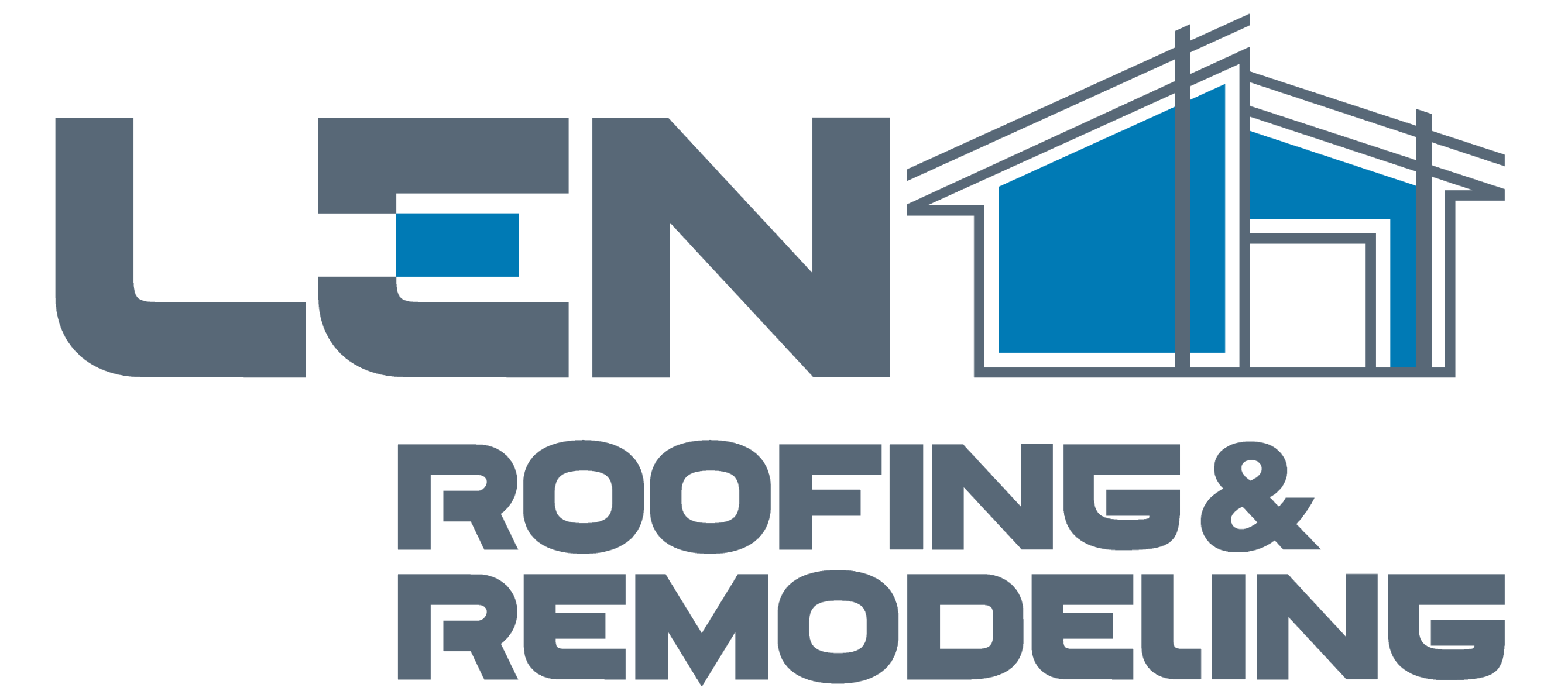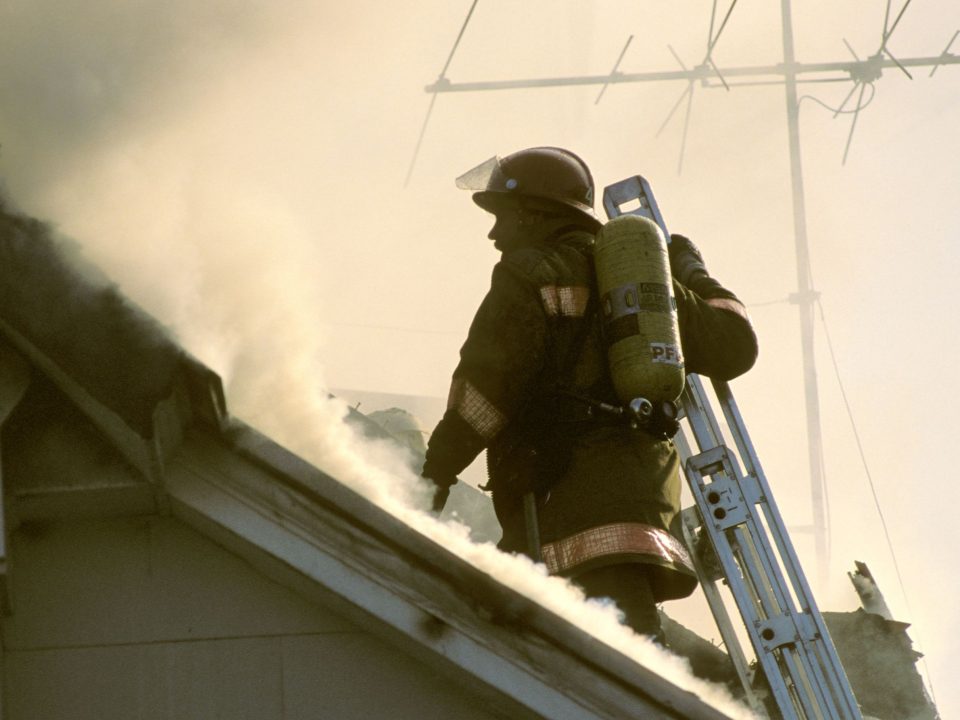Roofing Cost Estimate Vs. The Final Price
The prospect of having a new roof installed or an existing one replaced can be both exciting and intimidating.
Homeowners often wonder about the accuracy of the initial roofing cost estimate compared to the final price. Today, we discuss the factors that influence the cost of roofing projects and why the initial estimate may not necessarily match the final price.
Understanding the Roofing Cost Estimate
A roofing cost estimate is a professional assessment of the projected expenses for a specific roofing project.
It typically includes the cost of materials, labor, and any additional services required to complete the job. Roofing contractors use a variety of factors to determine these costs, such as the size and pitch of the roof, the type of materials chosen, and the complexity of the project.
However, it’s important to remember that an estimate is just that – an approximation of what the final cost may be. Several factors can contribute to the discrepancy between the estimate and the final price, including unforeseen complications, changes in material prices, and homeowner preferences.
Factors Affecting the Final Price
- Unforeseen Complications: During the roofing process, contractors may discover unexpected issues such as water damage, rot, or structural problems that were not visible during the initial inspection. These issues need to be addressed before the new roof can be installed, which can lead to additional costs that were not included in the original estimate.
- Material Price Fluctuations: The cost of roofing materials can change between the time of the estimate and the actual installation. Factors such as supply and demand, global market conditions, and even natural disasters can impact the price of roofing materials, affecting the final cost of the project.
- Changes in Scope: Sometimes, homeowners decide to make changes to the project after receiving the initial estimate. This could involve upgrading to more expensive materials, adding additional features such as skylights or ventilation systems, or even changing the overall design of the roof. These changes can significantly impact the final price.
- Labor Costs: The cost of labor may vary depending on factors such as the time of year, the availability of skilled workers, and the local market conditions. Any changes in labor costs can directly affect the final price of the roofing project.
Minimizing Discrepancies Between Estimates and Final Prices
To minimize the difference between the initial roofing cost estimate and the final price, consider the following tips:
- Obtain Multiple Estimates: Receiving estimates from at least three different contractors can give you a better understanding of the price range for your project and help you select a contractor who provides a fair and accurate estimate.
- Detailed Contracts: Ensure that your chosen contractor provides a detailed, written contract outlining the scope of work, materials to be used, and a clear breakdown of costs. This can help avoid misunderstandings and unexpected costs during the project.
- Regular Communication: Maintain open communication with your contractor throughout the project, discussing any changes or unforeseen issues that arise. Being proactive can help minimize surprises and keep the final cost closer to the original estimate.
While it’s natural to hope that the initial roofing cost estimate will align perfectly with the final price, it’s crucial to understand that various factors can contribute to discrepancies between the two.
By being aware of these factors and following the tips mentioned above, you can better prepare for any fluctuations in cost and ensure a smoother, more predictable roofing project.
The Len Roofing & Remodeling Difference
When we say that we’re a top-quality home remodeling and roofing company that serves the North Shore and surrounding Chicagoland area, we back it up. We do more than simply cover the basics: we show up on time and nail it. For more information or to schedule a consultation, call 847-768-6000 or visit our contact page.




